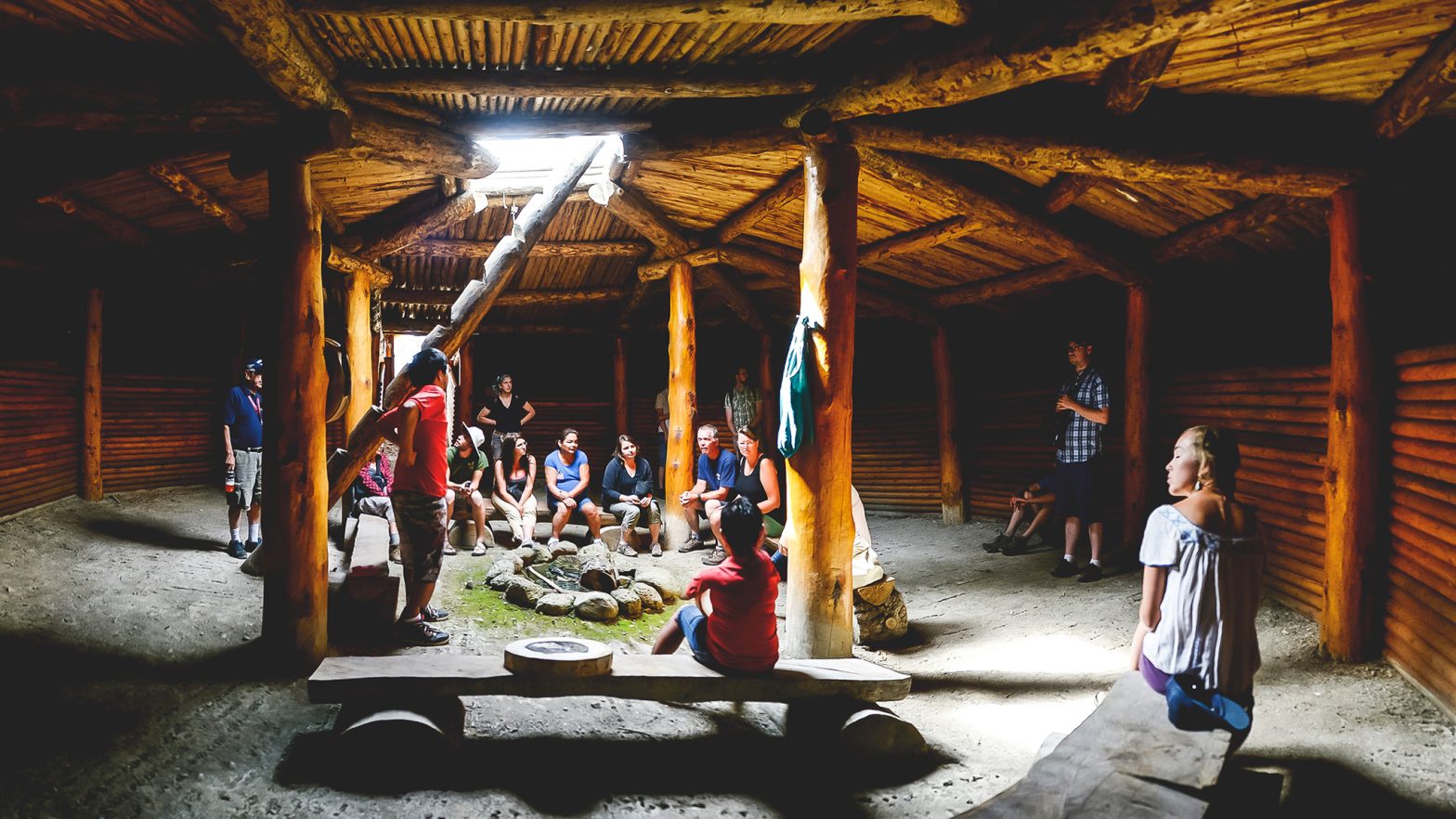Heritage discovery often starts with native tour guides leading guests to visit a few historically and culturally significant places. In British Columbia, most indigenous groups serve as quintessential starting points for learning further about ancient cultures.
There are many fascinating points of interest within the province alone to pay a visit, such as historic villages, traditional fishing spots, imposing totem poles, and forest petroglyphs.
Below you’ll see the most highly recommended heritage sites to swing by to feed your curiosity.
1. Xwisten Experience Tours
The BC district municipality of Lillooet is home to the indigenous St’at’imc community, which is the heart of salmon harvesting and preservation. You’ll witness such cultural heritage when you drop by Xwisten Experience Tours.
This culturally significant excursion consists primarily of a stroll along well-preserved fishing grounds, a demo of wind-drying salmon, and a taste of delectable barbecued salmon meals. During the tour, you also have the chance to wander around an archaeological village area and gaze at a reproduction of a pit house built underground.
2. Xatsull Heritage Village
Nothing evokes a spiritual, indigenous way of life than the Xatsull Heritage Village in McLeese Lake, BC.
Touching base on this culturally important village is worth your time; their guided cultural excursions and workshops enable visitors to participate in various educational and recreational pastimes, which involve cooking traditional meals.
The location of the Xatsull Heritage Village is strategically on a balmy plateau, therefore commanding a view of the Fraser River.
3. Secwepemc Museum & Heritage Park
Near the pristine South Thompson River bank in the tiny city of Kamloops, you’ll stumble upon the Secwepemc Museum & Heritage Park.
Perhaps the appealing aspect of the heritage park is its capability to offer guests both indoor and outdoor viewing, letting you re-live the abundant indigenous history of the Secwepemc way of life. Inside the park, there’s a trail comprising more than one kilometer of archaeological Secwepemc winter village relics dating back roughly 2,000 years.

